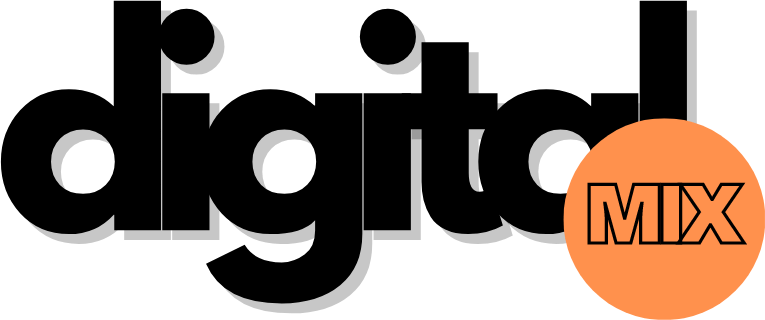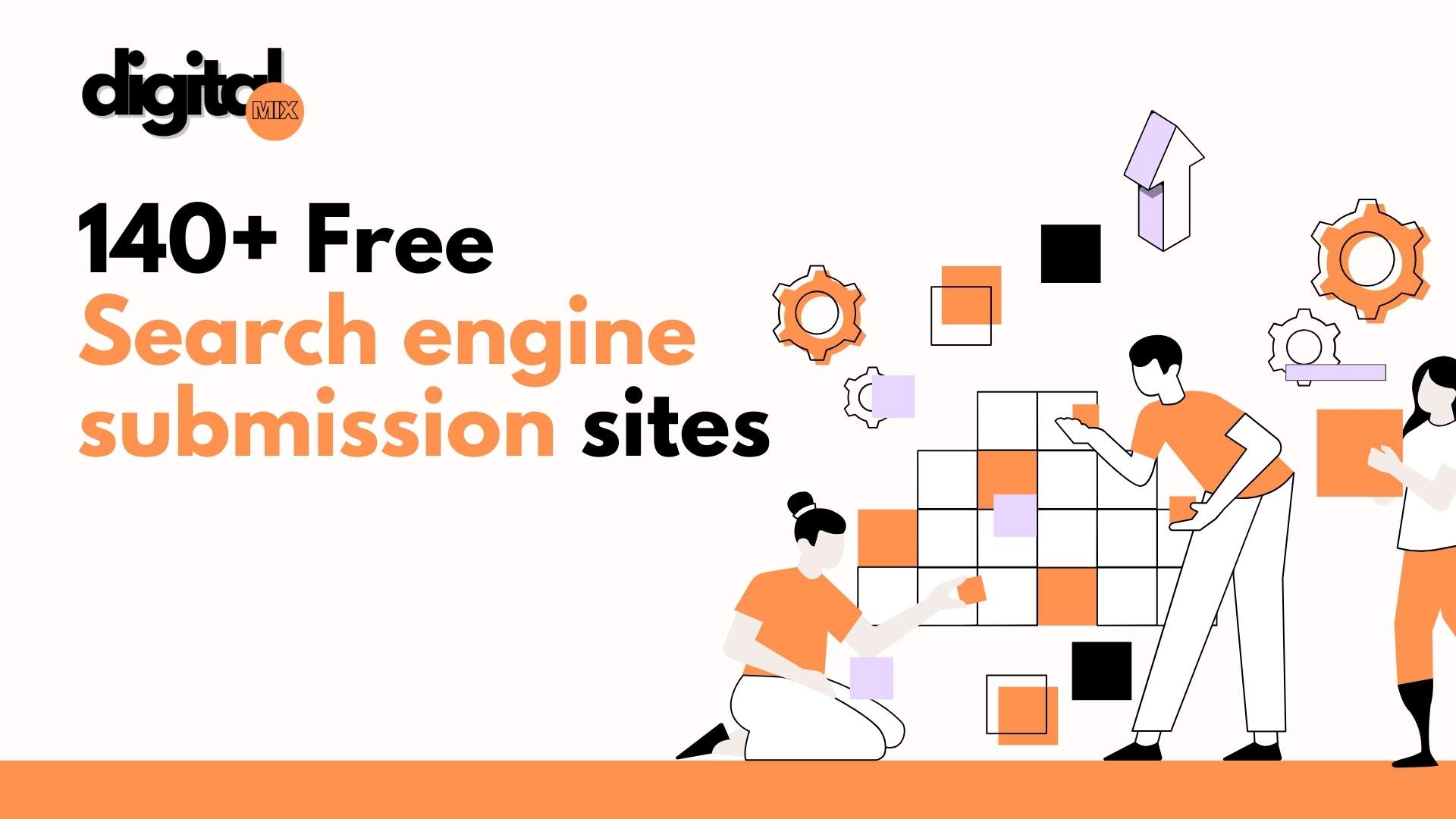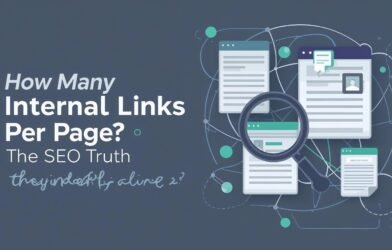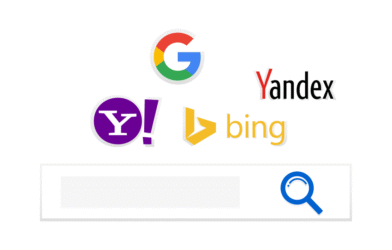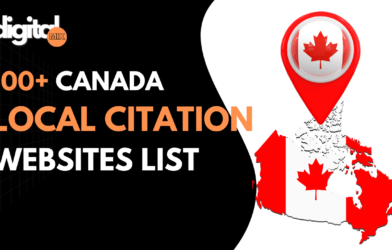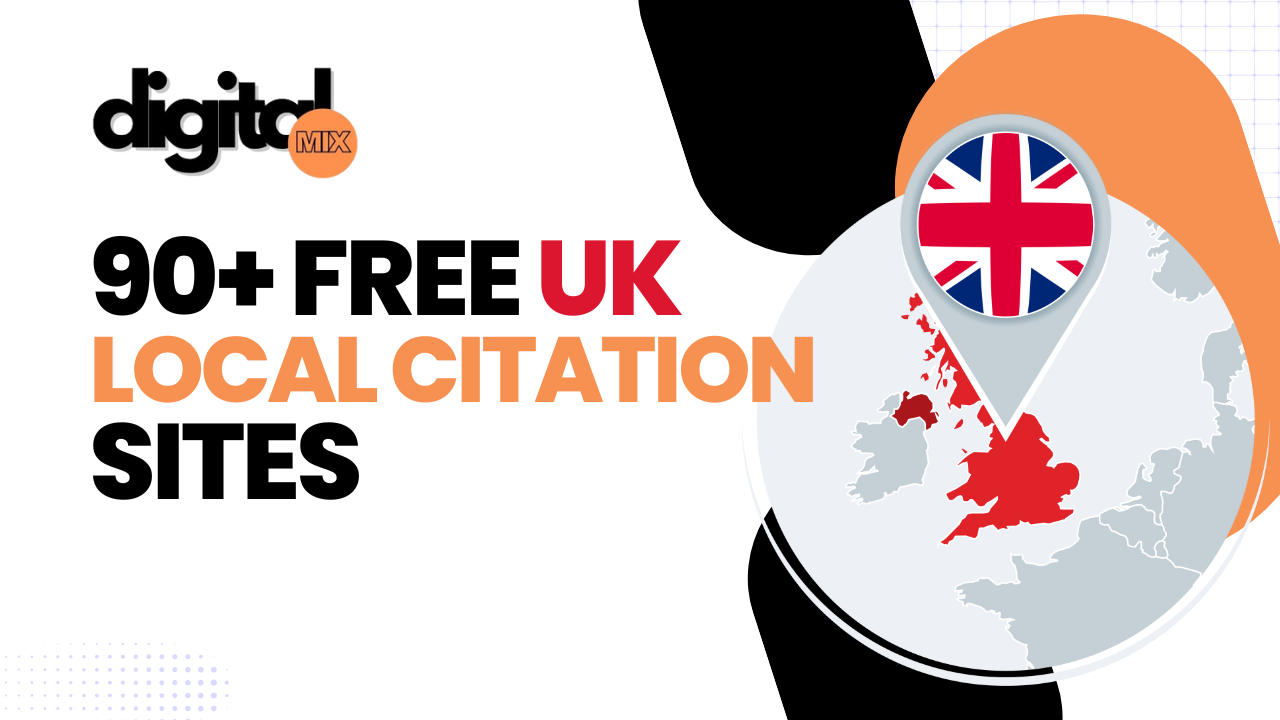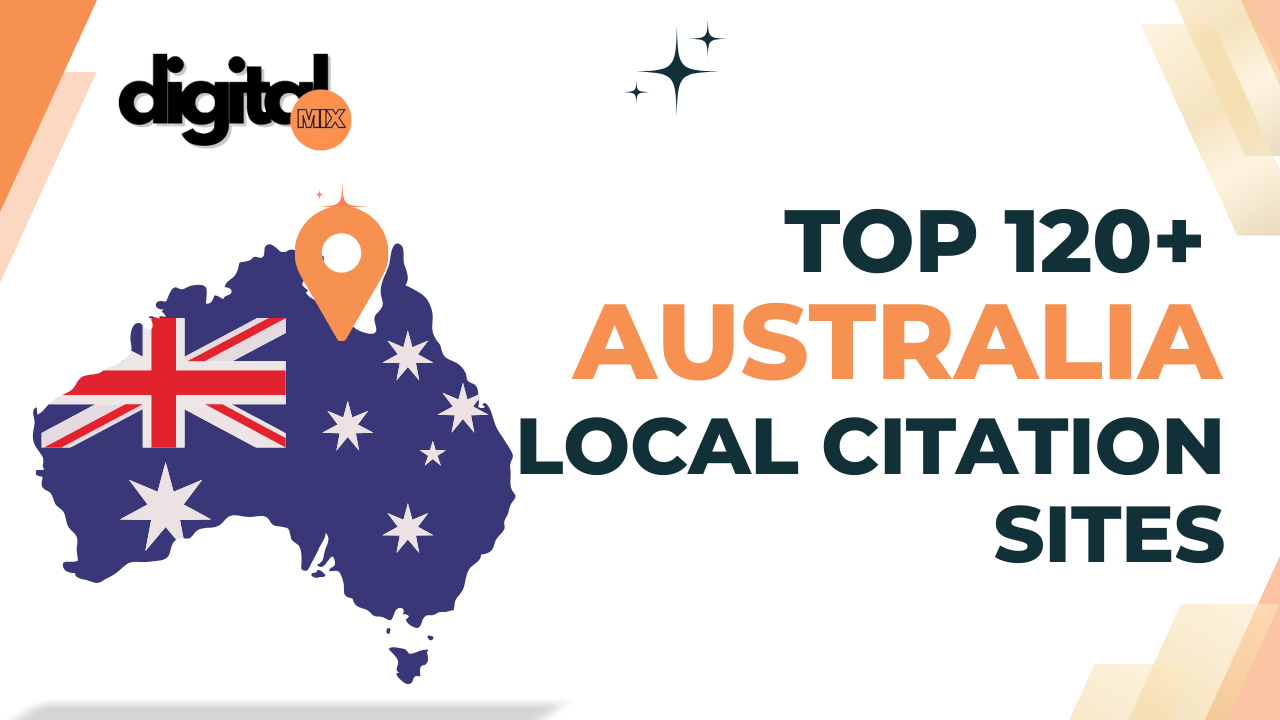Subtotal $0.00
If you work in marketing, LinkedIn isn’t optional anymore. It’s where your next client might find you, where hiring managers scroll before interviews, and where your ideas can reach people who actually make business decisions. Whether you’re just starting out or already seasoned, learning and applying the right LinkedIn strategies for marketing professionals can make all the difference. And if you’re from central India, taking a course from the best digital marketing institute in Nagpur can give you a strong push to master these strategies faster.
But let’s be honest. Most people don’t really use LinkedIn — they just have it. They make a profile once, share a post every few months, and wonder why nothing happens.
The truth? LinkedIn only works when you treat it like a living platform — not an online resume. And that’s where smart LinkedIn strategies for marketing professionals come in.
When you use it right, LinkedIn becomes a space to build your name, share what you know, and attract real opportunities. It’s not about posting motivational quotes or pretending to be perfect. It’s about showing your experience, ideas, and curiosity in a way that feels real.
Let’s go through eight strategies that actually work. No fluff, no overused advice. Just what helps marketing professionals grow.
The 8 Best LinkedIn Strategies for Marketing Professionals
1. Start with your profile — it’s your digital first impression
Think of your LinkedIn profile as your storefront. If it looks dull or half-filled, people just walk by.
Spend time making it look and sound like you. Use a friendly, clear photo. Add a banner that reflects what you do. Write a headline that tells people how you help, not just your job title.
Example: instead of “Marketing Executive at ABC Agency,” write something like “Helping small businesses grow through data-driven campaigns.” It’s simple and clear.
Then there’s your “About” section. Don’t copy-paste a resume. Tell your story. Share what got you into marketing, what kind of projects you’ve handled, and what you enjoy solving. This is where EEAT starts — by showing your real experience, not just a skill list.
2. Post native content that teaches or helps
Posts that actually say something get attention. Not random shares or links to articles people can read anywhere else.
Write short posts explaining what you’ve learned recently. Maybe something about a campaign that went well (or didn’t). Or a small insight about ad performance, branding, or audience behavior.
People like seeing professionals who are honest about what works and what doesn’t.
For example, a post like:
“Last week, I tried changing my CTA from ‘Learn More’ to ‘Get Your Free Demo.’ CTR jumped 35%. Tiny tweak, big change.”
That kind of detail tells others you know what you’re doing — and builds authority over time.
Mix formats: text, short videos, carousels, screenshots. Native content (content uploaded directly to LinkedIn) always performs better because the algorithm favors it.
3. Ask questions and invite people to talk
Want engagement? Ask for it.
Don’t just drop posts and vanish. Add a question at the end. Something like:
“What’s your go-to tool for LinkedIn analytics?” or
“Have you tried using polls to get feedback from your audience?”
Simple, specific questions work best. People love to share opinions, especially on marketing topics.
Polls also work really well. They’re quick to answer and get higher visibility. You can use them to start conversations or test what people think before launching something.
When people comment, reply to them. That’s how relationships grow. Real engagement always beats random likes.
4. Build authority by showing your expertise — not claiming it
There’s a big difference between saying “I’m an expert” and actually showing it.
You can share results (without bragging), talk about lessons learned, or post screenshots of campaigns. The key is transparency — people trust marketers who explain their process, not just show the highlights.
Also, don’t be afraid to talk about mistakes. One post about what didn’t work can often get more traction than ten posts about success. It makes you relatable and trustworthy — part of that EEAT idea again.
You can even share book takeaways, tool reviews, or marketing trends you’re testing. Anything that proves you’re learning and doing, not just observing.
5. Grow your network intentionally
Don’t connect with random people hoping for numbers. Quality beats quantity here.
Start with colleagues, clients, and industry peers. Add people you genuinely want to learn from or work with. When you send a request, include a short message — even something as simple as, “I liked your post about content metrics, would love to connect.”
Once you’re connected, interact with their posts. Comment with thoughtful takes. It’s not just about visibility — it’s about being part of the conversation.
Over time, your feed becomes smarter because you’ll see more relevant content, and the people in your circle will remember your name.
6. Use storytelling and personal experiences
People connect with stories, not statistics.
If you managed a campaign that failed first but succeeded later, tell that story. If you switched careers into marketing, share that journey.
A quick example:
“When I started my first ad campaign, I thought I knew everything. Turns out, the audience didn’t care. I had to rewrite everything. That’s when I learned empathy matters more than clever headlines.”
Stories like these hit differently. They’re simple, honest, and they show your experience, which is the first “E” in EEAT.
It’s also how people remember you — not as a marketer, but as a human who learns and adapts.
7. Stay consistent and track what works
You don’t need to post daily. Even once or twice a week works if you stay consistent.
Pay attention to what gets traction. Maybe people like your quick insights more than long case studies. Or maybe your how-to posts perform better than polls.
Look at your analytics every few weeks — not to chase numbers, but to understand patterns.
If one topic does well, explore it deeper next time. Over time, you’ll see your personal brand forming naturally. That’s what makes your presence stronger.
8. Keep learning — the digital space changes fast
Marketing shifts fast, and LinkedIn isn’t different. Algorithms change, new tools come up, and old tricks stop working.
So, make learning a habit. Read, watch, experiment. And if you’re in or near Nagpur, consider joining the best digital marketing institute in Nagpur.
A good institute doesn’t just teach theory. It gives you hands-on projects, real campaign analysis, and updated insights that you can immediately use on your LinkedIn content.
The benefit? You’ll always have something valuable to share — something that shows real expertise instead of recycled advice.
When you learn from experts who work in the field, your LinkedIn posts automatically improve because you speak from experience.
Real-world example: How this can look over time
Let’s imagine you start applying these eight strategies for three months.
You clean up your profile, post once a week, engage with others, and slowly start adding your insights.
By week four, a few posts start getting decent comments. By week eight, people you don’t know begin following you. Maybe a recruiter messages you. Maybe a small business asks if you do freelance work.
That’s the power of staying consistent and authentic. It doesn’t happen overnight, but it always happens when you show real value.
FAQs
What are the most effective LinkedIn strategies for marketing professionals?
The best ones include posting useful content, engaging through polls and questions, optimizing your profile, growing your network with intention, sharing your personal experience, and staying consistent. These build visibility and trust over time.
How does EEAT affect LinkedIn strategies for marketing professionals?
EEAT helps you stand out by proving you’re credible. Experience and expertise show through your posts, authority grows as people engage with you, and trust builds when you stay honest and consistent.
Why consider joining the best digital marketing institute in Nagpur?
Because learning from experienced mentors gives you an edge. You understand what actually works in digital campaigns, and that knowledge translates into more meaningful, authentic content on LinkedIn.
How often should I post?
Once or twice a week is enough in the beginning. Quality and consistency matter more than frequency.
LinkedIn isn’t about shouting louder. It’s about showing up smarter.
If you take these eight strategies seriously and keep refining them, you’ll notice small changes — better engagement, stronger connections, and a clear personal brand forming.
And when that happens, opportunities will come naturally. Because people don’t just follow marketers who talk — they follow the ones who show what they know.
That’s where you want to be.
Can I grow on LinkedIn without paid ads?
Absolutely. Most marketers grow organically by posting quality content, engaging with others, and building relationships. Ads can help later, but they’re not necessary to start.




